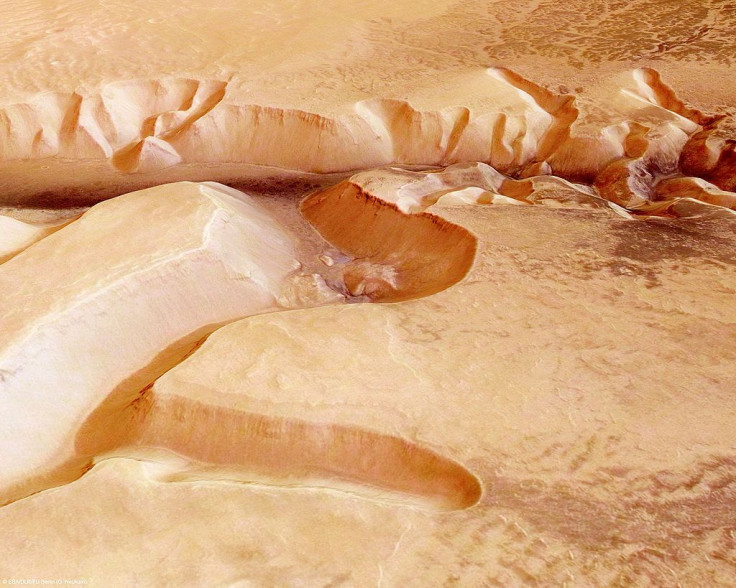NASA Mars Mission News: More Evidence Of Water Found On Red Planet?

The search for water continues on Mars as humans prepare to launch the first human mission to the Red Planet.
However, looking for water needed for the first human visitors to survive seems to be proving futile as scientists have found nothing but sand and rocks on the surface of Mars. But this might actually change soon as new studies might have just stumbled on remnants of an ancient lake on the Red Planet, pointing to another possible area where start looking for precious water.
According to Fox News, NASA’s Curiosity rover has recently stumbled on evidence of an ancient lake on the Red Planet. According to a blog post from NASA’s Jet Propulsion Laboratory, the rover has stumbled on two rock samples they called “Aberlady” and “Kilmarie” which is said to contain high amounts of clay minerals that have ever been found in one mission.
"Clay often forms in water, which is essential for life. Curiosity is exploring Mount Sharp to see if it had the conditions to support life billions of years ago," JPL wrote in the post.
The rocks were found on the lower part of Mount Sharp, which is the central region of the Gale crater where most of NASA’s exploration happens. Using data gathered via the U.S. space agency’s mineralogy instrument, known as CheMin (Chemistry and Mineralogy), scientists were able to find traces of hematite which is an iron oxide mineral that’s abundant north of Mount Sharp, also known as Vera Rubin Ridge. CheMin is one of the best features of Curiosity.
The discovery of the rocks is exciting because clay could mean that there’s definitely water on the Red Planet. However, JPL throws caution over this theory.
"Other than proof that there was a significant amount of water once in Gale Crater, what these new findings mean for the region is still up for debate. It's likely that the rocks in the area formed as layers of mud in ancient lakes - something Curiosity also found lower on Mount Sharp. Water interacted with sediment over time, leaving an abundance of clay in the rocks there," the blog post explained.
© Copyright IBTimes 2024. All rights reserved.





















